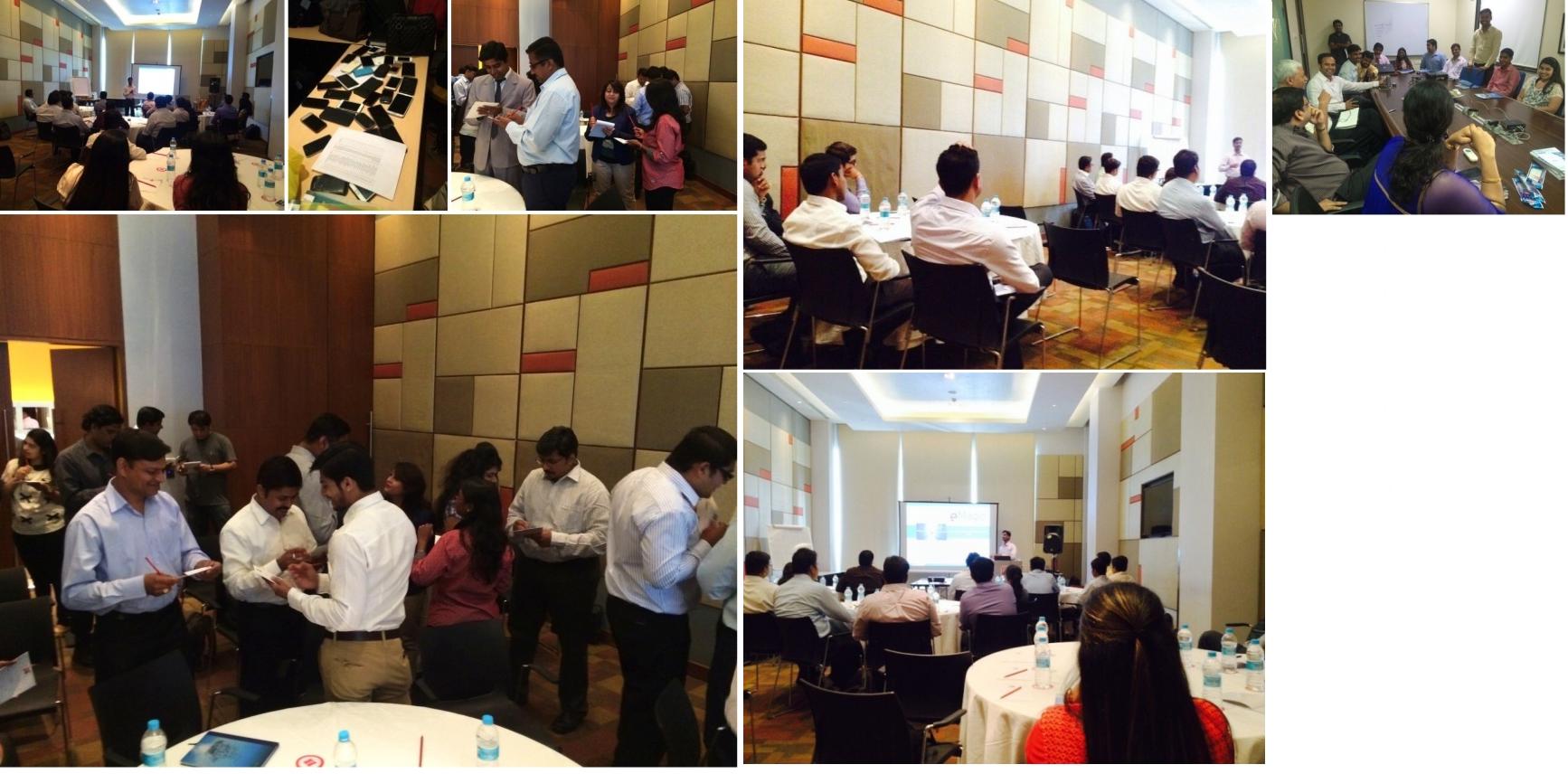Our 100% professional life in the Cloud

Our 100% professional life in the Cloud
Today, we will see how operations of a company can entirely be based on or around the cloud computing, while drawing some factual examples of true cloud world. This grandstand is a small scaled attempt to show the era of Cloud edge that already knocked the traditional culture of offices, soon we will see no offices, as workplaces will be in the Cloud.
The main intention of this post is to present a diehard version of Cloud usage, today possibly as part of a SMEs or just start-up, but certainly one day in larger companies.
Our Daily Collaboration!
Every day, we either work at office/s or from home, but now Cloud tenancy encompasses alternative workspaces. In European countries, trend is already moved forward to the next step. There, SMEs (small and medium sized enterprises) rent offices by day, or use co-working spaces, called as “Fab lab” enthusiastically. Cafes, Hotel lobbies, Libraries are some more examples that they use as workplaces. Mostly, they choose places according to the program of the day. For instance:
- For writing and concentration: Cafes, Libraries, Co-Working…
- When it comes to the working in small teams: Hotel lobbies, Cafes…
- For team meetings with projection and paperboard: Hotel conference hall or rented offices…
Note: Wi-Fi is now omnipresent in these places, and at worst there is 4G places.
What about Cloud India?
More often at ESDS, our collaboration is based on the daily Cloud with some essential tools:
- Google Apps / Zimbra Cloud Mail Client + Skype + Gmail + Hangout….
- Google Apps / sometimes Office 365 for editing and sharing documents (Office + eNlight Cloud Server Storage or Google Drive)…
- Trello and Evernote for project management…
These tools allow us a large virtual proximity, throughout the day. They allow us to easily organize synchronization points, often via Skype + Google docs, several times a day. In particular, these tools are “real-time”, that is to say that any change is visible in the seconds on the screens of our colleagues.
The “Build” and “Run” in the Cloud
For the development of our products and business, we coordinate with our internal design and web developers’ team that based on the 3rd floor of our Data Center and with independent teams some of which are in Mumbai, Pune, Bengaluru, Chennai, Kerala, Gujarat, North East, and Delhi and some teams work from UK and US. Again, the cloud enables effective work in total ubiquity.
Thus, product specifications are described through:
- Skype or Hotel conference hall for team meetings
- Google spreadsheet to list the features and data dictionaries
- Trello and Evernote for projects management
Software Factory
- Github.com for source code management…
- eNlight Cloud service for testing and production…
Our experience shows that it is possible to let designers and web developers to code new features independently, with one or two synchronization points per day. They can publish their daily code on Github.com, which automatically regenerates the test environment. By cons, in the debugging phases, a proximity voice / video conference meeting with screen sharing is needed.
Client Management in the Cloud
Our commercial practice also works at home. We mainly work with:
- Telephony for client tracking and service delivery
- SugarCRM for customer relationship management
- Zimbra cloud email for mailings
Hosting seminars also provide us an opportunity to build face to face relationship with prospective customers.
Work in the Cloud!
We believe that Cloud is a key accelerator for a major societal change: the transformation of work patterns in the 21st century.
In this period of energy transition, ubiquity means less pollution but also less transport and therefore no fatigue. The Cloud allows us to choose the best environment suited to our activities. If open-space supports communication, it is clear that it is not impossible to find a true concentration in it.
Last but not least, the tools mentioned in this post are all freemium: they offer a free version and a paid version for reasonable price.
- Why is Microsoft Turning Its Focus on Linux? - March 29, 2016
- Migrating Enterprise Data to the Cloud – A Checklist - November 30, 2015
- Why is your private cloud beginning to fail? - October 20, 2015